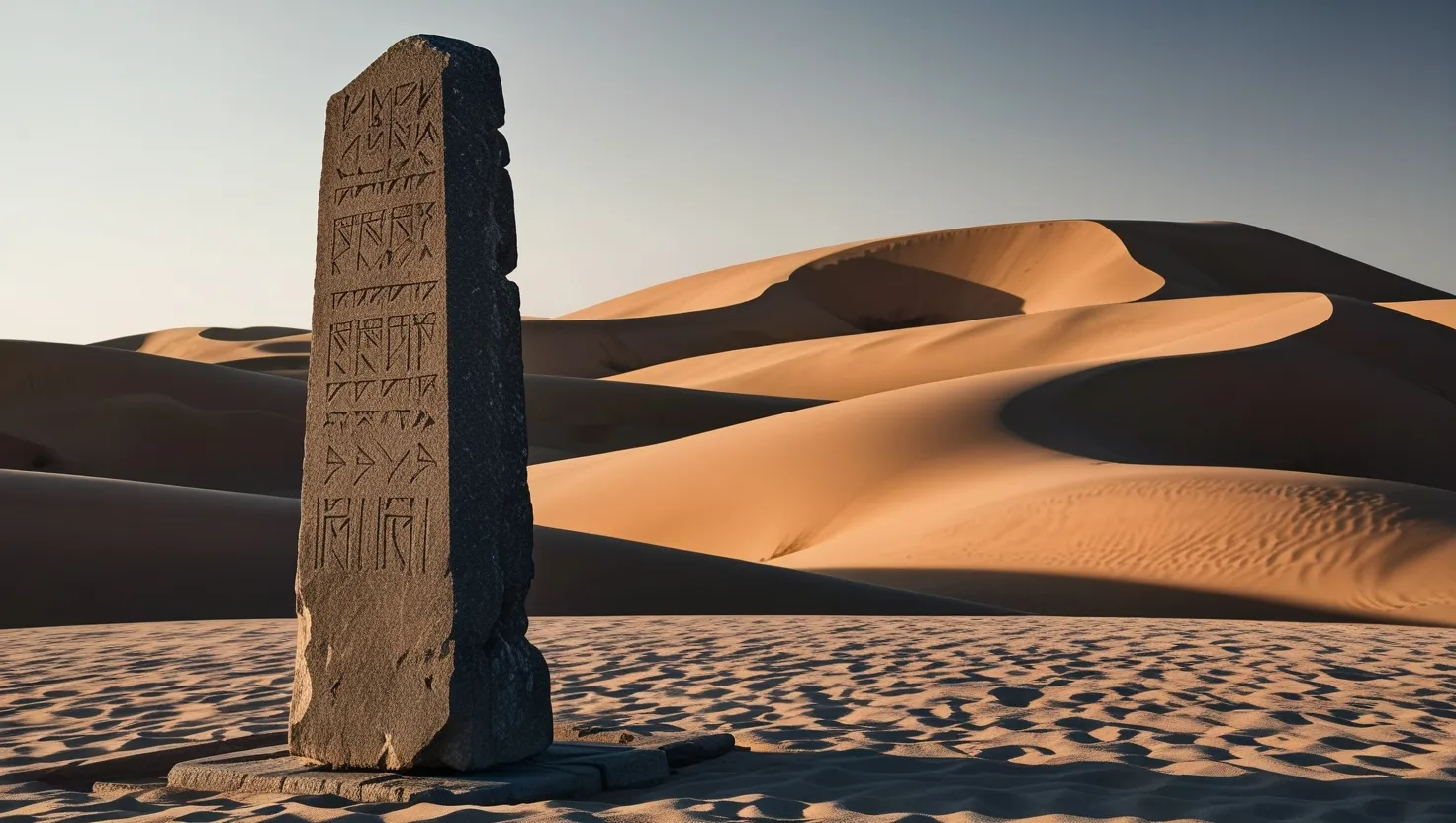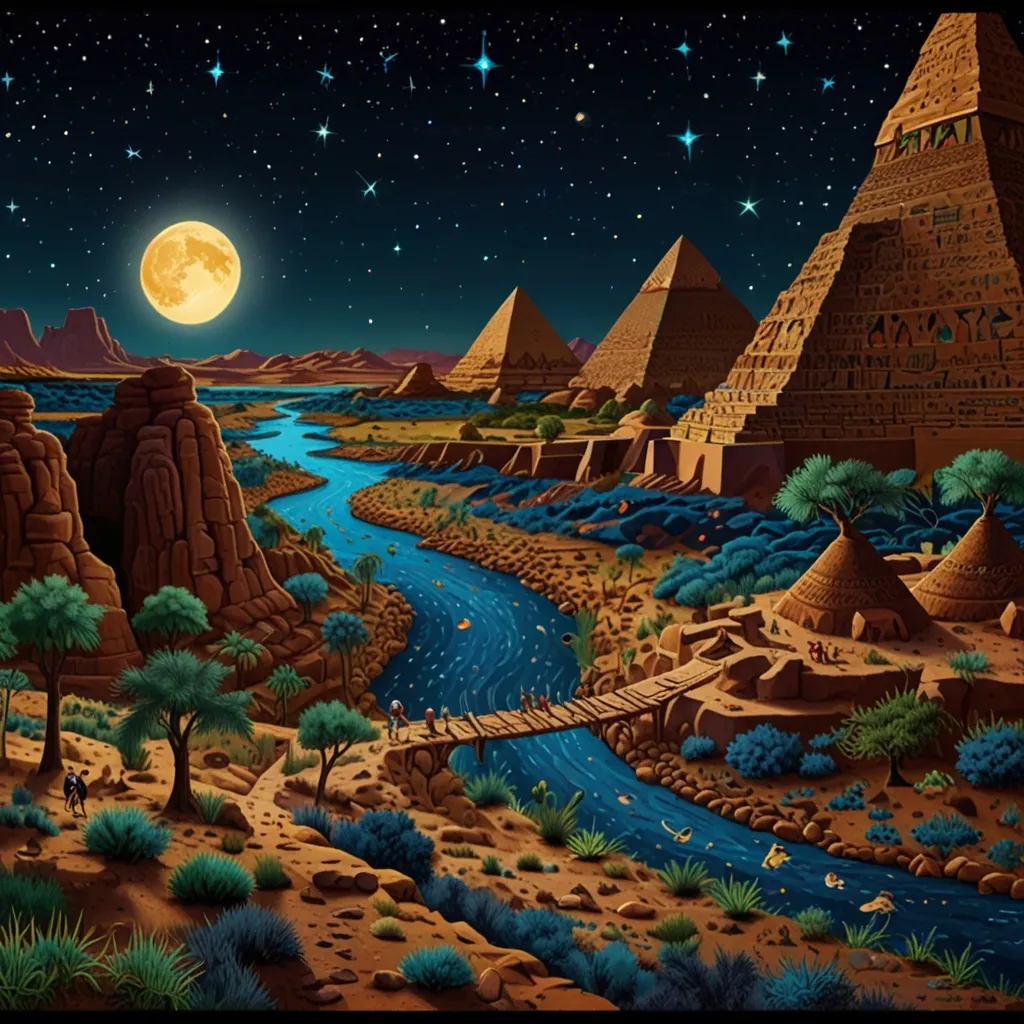The Han Dynasty was one of the most influential periods in Chinese history, ruling from 206 BCE to 220 CE. This era saw significant advancements in various fields, including economics, technology, culture, and society. The dynasty was founded by Liu Bang, who later became known as Emperor Gaozu. He led a successful revolt against the Qin Dynasty, which had been notorious for its harsh policies.
Under the Han Dynasty, China was reunified after a period of civil war. The capital city during the early years was Chang’an, which is now known as Xi’an. This period is often referred to as the Western Han or Former Han. The administrative structure of the Han Dynasty was highly centralized, with the country divided into various administrative areas ruled by officials appointed by the central government. This system allowed for a merit-based bureaucracy, where promotions were based on individual merit rather than birth.
The Han Dynasty adopted Confucianism as its official ideology, emphasizing virtues like moderation, virtue, and filial piety. This approach helped to mask the authoritarian nature of the regime, making it more acceptable to the population. Confucianism played a crucial role in shaping the social and political landscape of China during this period.
The Han Dynasty is often divided into two sub-periods: the Western Han and the Eastern Han. The Western Han lasted from 206 BCE to 9 CE, while the Eastern Han spanned from 25 CE to 220 CE. During the Eastern Han, the capital was moved to Luoyang, which is in present-day Henan province. This division is significant because it marks a period of political instability and the brief usurpation of power by Wang Mang, who established the Xin Dynasty from 9 to 25 CE.
Despite these challenges, the Han Dynasty managed to maintain its authority for over 400 years. This longevity was due in part to the effective administrative systems and the adoption of Confucian principles. The dynasty saw the rise of a salaried bureaucracy, where officials were paid for their services, and promotion was based on merit. This system helped to ensure stability and efficiency in governance.
The Han Dynasty also witnessed significant cultural and technological advancements. It was a time of great literary and artistic achievements, with notable works such as the “Records of the Grand Historian” by Sima Qian. The period also saw the development of new farming techniques and tools, which led to increased agricultural productivity. The invention of the paper and the seismograph are among the notable technological innovations of this era.
Trade flourished during the Han Dynasty, with the Silk Road connecting China to other parts of Eurasia. This trade route facilitated the exchange of goods, ideas, and cultures between East and West. The Han Dynasty’s military strength and political stability also allowed for the expansion of its territories, making it one of the largest empires in Chinese history.
The Han Dynasty’s legacy extends beyond its political achievements. It laid the foundations for many enduring aspects of Chinese society and culture. The period saw the development of a shared Chinese identity, which was fostered through the spread of Confucianism and the establishment of a unified administrative system. The Han Dynasty’s influence can still be seen in modern Chinese culture, from its literature and art to its political and social structures.
In conclusion, the Han Dynasty was a transformative period in Chinese history, marked by significant political, cultural, and technological advancements. Its legacy continues to shape Chinese society and culture today, making it one of the most important dynasties in Chinese history.






